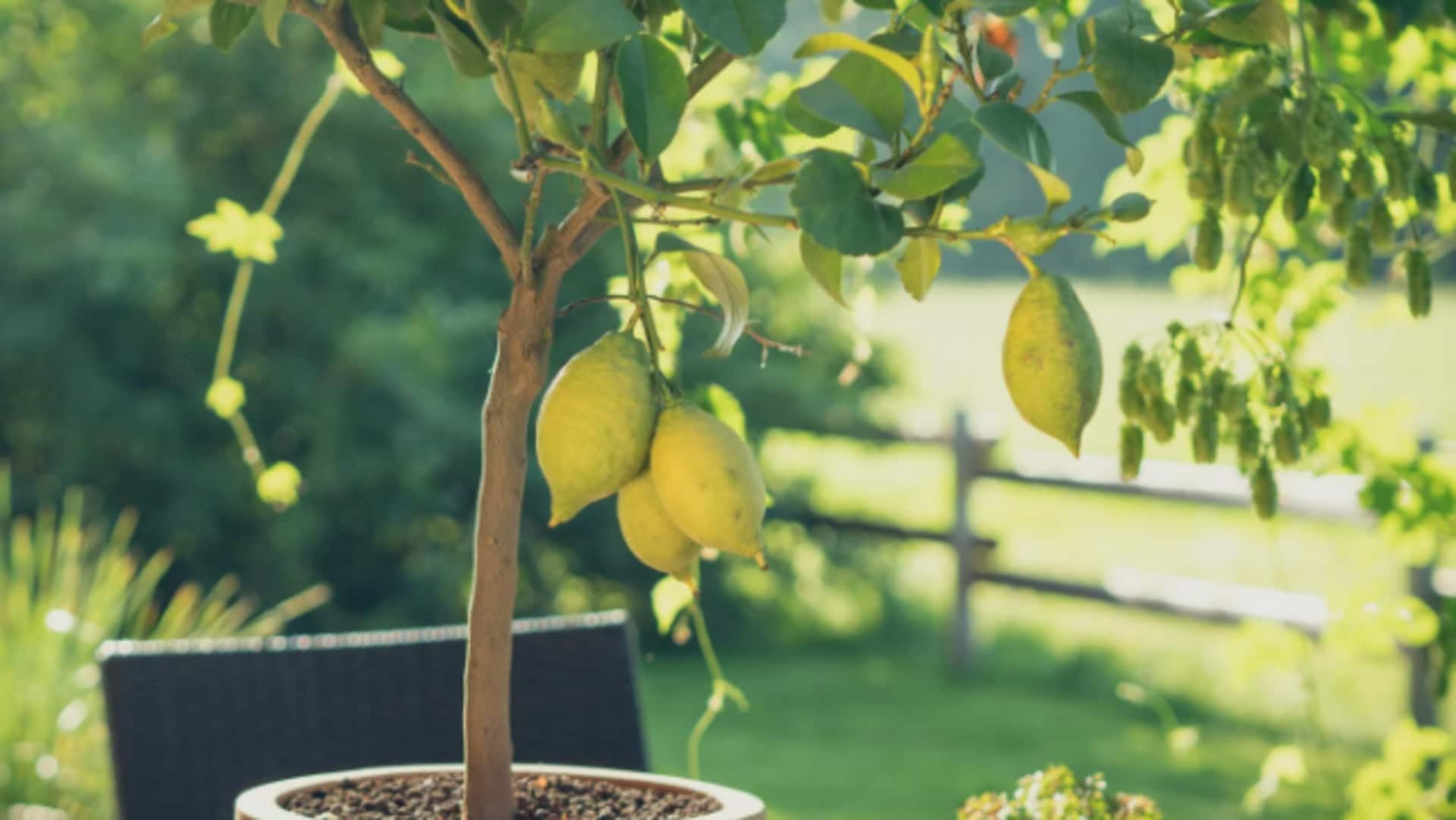
Growing juicy pear trees in patio pots
What's the story
Growing pear trees in patio pots provides a rewarding experience for people with limited space, allowing them to cultivate and savor their own fresh fruit. This comprehensive guide covers the crucial steps to successfully growing pear trees in containers, from choosing the right varieties and pot sizes to providing essential care and maintenance. By following these tips, you can look forward to harvesting delicious, juicy pears right from your patio.
Variety selection
Choose the right pear variety
Not all pear varieties are well-suited for container gardening. Dwarf or semi-dwarf varieties are ideal for pots as they exhibit a more compact growth habit. Opt for self-pollinating varieties or, if space permits, plant two different compatible varieties in close proximity to each other for cross-pollination. Some of the favored choices are Dwarf Bartlett, Dwarf Comice, and Seckel.
Pot selection
Selecting the perfect pot
The right pot is key to your pear tree's well-being. Choose a big home, minimum 18-24 inches across and deep, with plenty of drainage holes to avoid waterlogging. Terracotta or wooden pots are best because they insulate against temperature changes, but make sure they're strong enough to hold your grown-up tree's weight.
Soil preparation
Soil and planting
Use a premium potting mix specifically formulated for fruit trees, or create your own blend by combining one part perlite, one part compost, and two parts loam soil. Steer clear of garden soil as it tends to compact in pots, inhibiting root development. Plant your pear tree at the same depth it was previously growing in its nursery pot. Just ensure that the graft union remains above the soil level.
Watering needs
Watering and feeding your pear tree
Pear trees in pots need steady moisture but hate waterlogged roots. Water when the top inch of soil feels dry to touch, typically once every few days during hot weather. Cut back on watering during winter months when the tree is dormant. Fertilize with a balanced liquid feed every four weeks during the growing season to promote healthy growth and fruit production.
Maintenance tips
Pruning and care
Pruning is crucial both for shaping your pear tree and for promoting fruit production on younger wood. During late winter or early spring before new growth begins, prune away dead or overcrowded branches to permit light to reach the center of the canopy. Keep an eye out for pests like aphids and address them quickly with insecticidal soap or neem oil if needed.